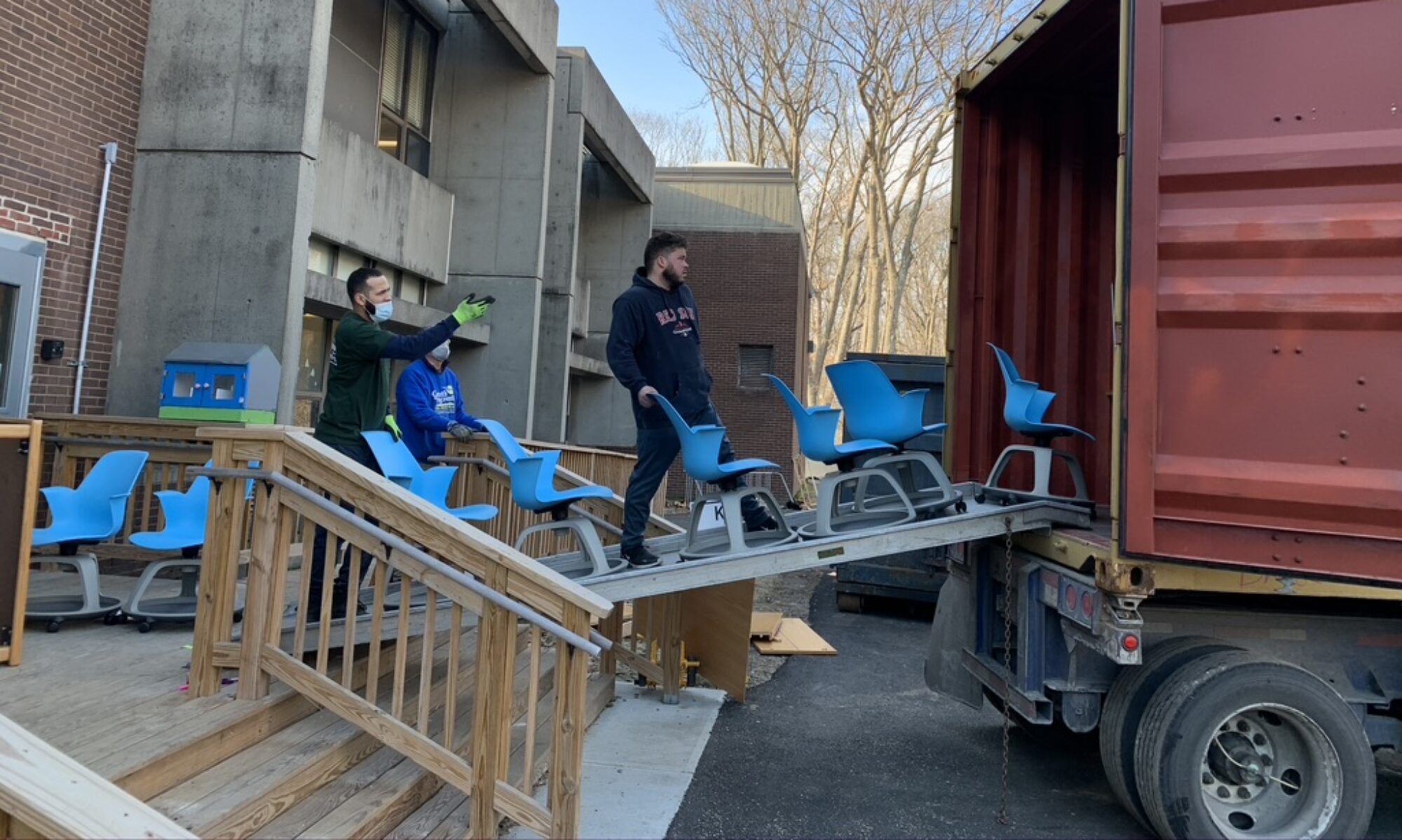July fiber markets in New England and across most of the country are at five year highs. Mixed Paper is at an all-time record; baled Mixed Paper in truckload volumes is at $110-$120 per ton! Another grade close to it’s all time high is Sorted Office Paper – now selling for $270-$280 per ton. It was just two and a half years ago that Mixed Paper was valued at $0 (or less), and Sorted Office was selling for $90/ton.
Unlike some previous high markets, this doesn’t look like a spike. Prices have been rising steadily for many months, and there’s no sign of panic or a bubble mentality.
What has happened? Two things: Globalization and Single Stream.
Globalization. Market demand for fiber in the US is now very closely linked to global demand. Inventories in the US have been low and growing demand particularly from Asia has depleted much of the US inventory.
Single Stream. Single Stream recycling is another major factor in the supply/demand situation. As single stream has increased, quality Mixed Paper is harder to find. The low quality fibers that come out of a Single Stream plant are not considered usable in many mills in the US, thanks to glass shards, soiling, other contamination. As a result, much of the Single Stream Mixed Paper is an export only grade, and this drives up prices in US markets. The impact is felt locally. Small paper mills that depend on procuring quality fiber at reasonable prices cannot find or afford these feedstocks. As the global economy forces mills to sell finished goods at more competitive prices (with the competition coming from international mills), high feedstock prices are squeezing these small US mills out of many sales opportunities.
There is no good way to project where markets will go. On one hand, with prices this high and still rising it is nice to be in the business of selling paper right now. On the other hand there is legitimate concern for the survival of local markets in the US if these prices stay unusually high. If local markets continue to shrink, then our dependence on Asian markets will increase, and our options when markets are low will be limited. It was just a couple of years ago in 2008-2009 when we struggled to push low-grade fiber into the market, and those times could easily return.
At IRN, where I work and manage, we don’t have an “official” position about Single Stream. There’s no denying it increases participation in residential recycling. But we don’t think it’s the right option for most business and institutions. In a professional situation it’s straightforward to keep recyclables separated. That gives the organization the maximum financial benefit from recycling, and it supports American markets and manufacturers. That’s a win-win situation, environmentally and financially, and we don’t see any reason to trade that in.
